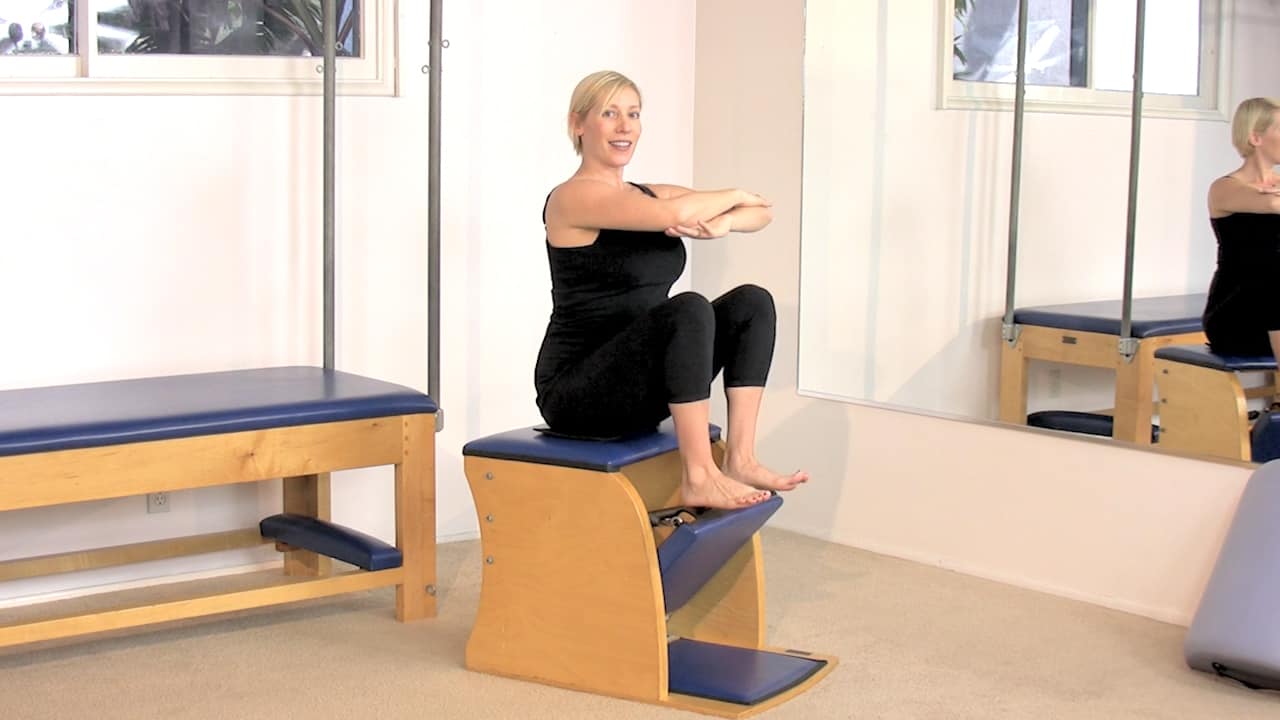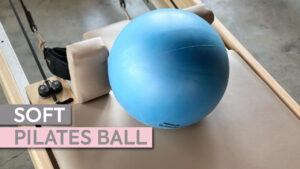In the realm of Pilates, equipment selection is crucial to achieving effective workouts. Two of the most popular pieces of apparatus are the Wonder Chair and the Wunda Chair. This article aims to explore the key differences between these two unique chairs, helping you make an informed decision based on your Pilates needs.
Delving into the world of Pilates equipment
The world of Pilates is rich with diverse tools designed to enhance strength, flexibility, and overall well-being. Each piece of equipment has its own set of benefits and unique functionalities that cater to different aspects of the practice. Among these, chairs hold a significant position due to their versatility.
Chairs in Pilates are not merely furniture; they are highly engineered tools that provide support, resistance, and stability aimed at improving physical performance and postural alignment. Understanding how each chair functions can contribute immensely to achieving one’s fitness goals.
The role of chairs in Pilates
Chairs play a vital role by offering support during various exercises while allowing for an extensive range of motion. They are particularly beneficial for practitioners with limited mobility, as the chair can be used to perform a wide variety of movements safely.
The compact nature of both the Wonder Chair and Wunda Chair also makes them excellent choices for home practice, as they require less space compared to traditional reformers. This accessibility allows practitioners to engage with their workouts more regularly and effectively.
Moreover, the design of these chairs encourages the engagement of core muscles, which is a fundamental aspect of Pilates. As individuals perform exercises like the ‘Teaser’ or ‘Push-Up’ on the chair, they are not only challenged physically but also mentally, as they must focus on maintaining balance and control. This dual engagement fosters a deeper connection between the mind and body, enhancing the overall Pilates experience.
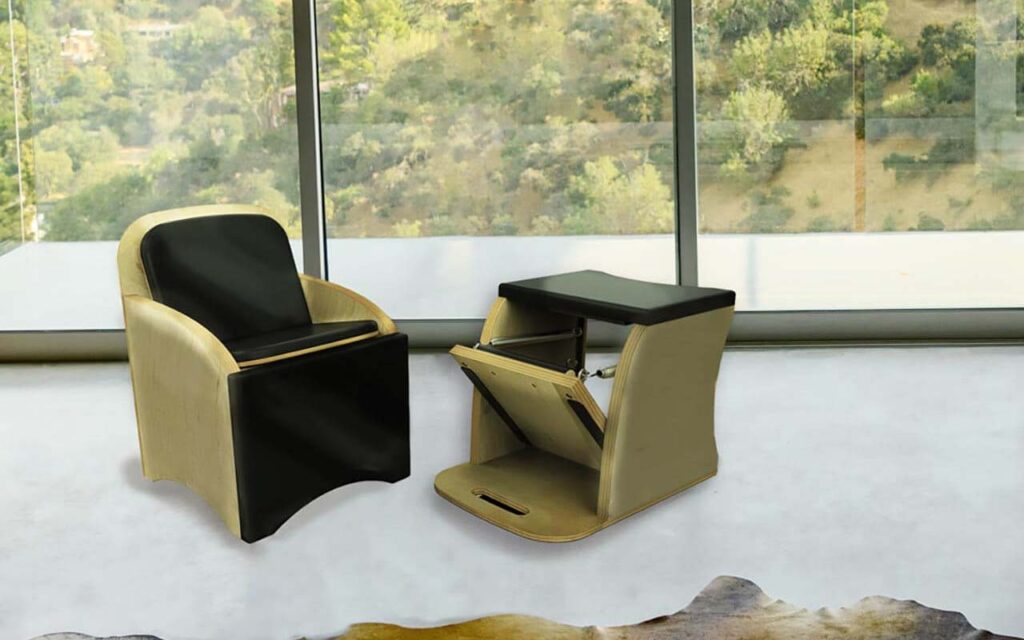
Additionally, the use of springs on these chairs provides adjustable resistance, allowing users to tailor their workouts to their specific fitness levels. Beginners can start with lighter resistance to build strength gradually, while advanced practitioners can increase the challenge to push their limits. This adaptability makes Pilates chairs an invaluable asset in any fitness regimen, promoting continual progress and encouraging users to explore new exercises and variations.
See Also: Soft Pilates Ball Workouts for Low-Impact Strength Training
An introduction to the Wonder Chair
The Wonder Chair is a modern design that incorporates elements from traditional Pilates equipment while adding unique features that enhance usability. Often regarded as more user-friendly, this chair is perfect for both beginners and experienced practitioners alike.
Its design includes adjustable springs, making it versatile enough to cater to various skill levels and exercise types. Enhanced stability and comfort also contribute to its growing popularity in Pilates studios and home practice settings. The chair’s sleek aesthetic not only makes it a functional piece of equipment but also a stylish addition to any fitness space, appealing to those who value both form and function in their workout environment.
Moreover, the Wonder Chair is crafted from high-quality materials that ensure durability and longevity, making it a worthwhile investment for anyone serious about their Pilates practice. The thoughtful engineering behind its design means that it can withstand the rigours of daily use, whether in a busy studio or a quiet home setting, thus providing a reliable platform for exercise.
Key features of the Wonder Chair
One of the standout features of the Wonder Chair is its lightweight construction, which allows for easy transport and storage. Additionally, the adjustable backrest and footbar can be modified to fit individual needs, accommodating a broad range of exercises. This adaptability makes it possible for users to seamlessly transition between different workouts, ensuring that they can target specific muscle groups or focus on particular fitness goals without the need for multiple pieces of equipment.
The chair also boasts a padded surface, which provides comfort during workouts, reducing the strain on joints and enhancing overall experience. Static and dynamic movements can both be performed effectively on this equipment, giving users a comprehensive workout experience. Furthermore, the non-slip base ensures that the chair remains stable during intense sessions, allowing practitioners to fully concentrate on their form and technique without distraction.
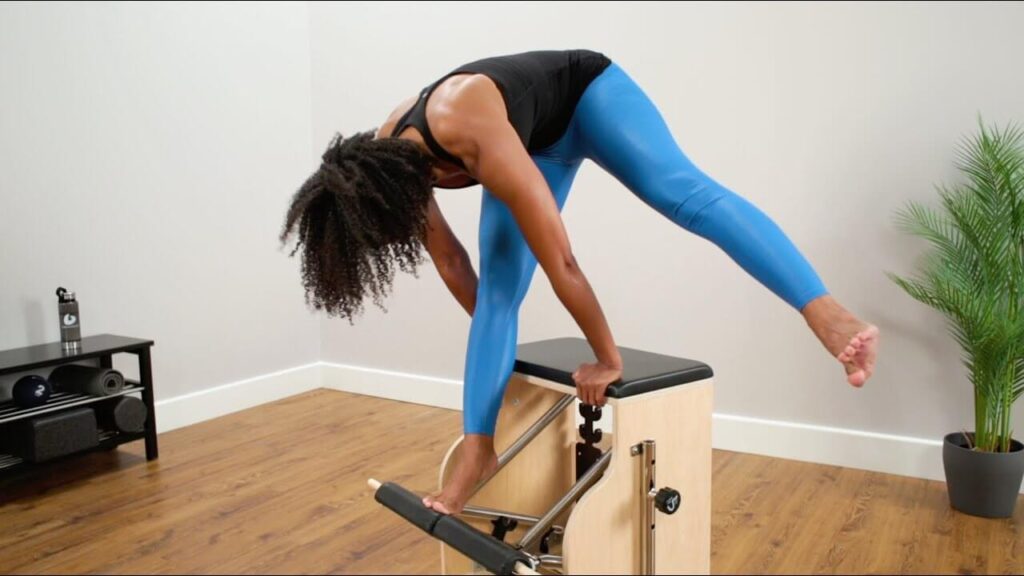
Benefits of using the Wonder Chair
Using the Wonder Chair offers numerous benefits, including improved core strength, flexibility, and postural awareness. The design encourages the engagement of stabilising muscles while performing a variety of exercises, which aids in developing strength evenly throughout the body. As users become more proficient, they may also notice enhanced balance and coordination, which can translate to better performance in other physical activities.
Furthermore, the versatility of the Wonder Chair allows for creative exercise combinations, promoting a holistic approach to fitness. Practitioners can also expect to experience enhanced mind-body connection due to the focus required during each movement. This mindful engagement not only elevates the physical workout but also contributes to mental well-being, as users learn to listen to their bodies and respond to its needs. As a result, the Wonder Chair becomes not just a piece of equipment, but a vital tool in fostering a deeper understanding of personal health and fitness journeys.
Getting to know the Wunda Chair
The Wunda Chair is steeped in the history of Pilates, offering a traditional approach with an emphasis on foundational movements. Its design is inspired by the original Pilates chairs that Joseph Pilates created, which gives it an authentic and time-tested quality.
While similar in function to the Wonder Chair, the Wunda Chair possesses characteristics that make it distinct. Its more substantial frame and classic aesthetic have attracted many devoted practitioners who appreciate its historical significance and stability.
Unique characteristics of the Wunda Chair
One unique aspect of the Wunda Chair is its multi-functionality. Its rigid structure allows for diverse exercises that can target specific muscle groups, making it a valuable addition to any Pilates routine. Additionally, its built-in jump board enables practitioners to incorporate cardio into their sessions, broadening the scope of workouts.
The Wunda Chair also comes with adjustable resistance levels, which can be fine-tuned according to the user’s fitness level and specific goals. This customisability ensures that individuals receive a tailored workout experience every time they engage with the equipment.
Advantages of the Wunda Chair
The Wunda Chair affords numerous advantages, primarily its authenticity and robustness. Practitioners often find that the solid structure cultivates a strong sense of stability, which is particularly beneficial during more advanced movements. The chair also promotes excellent alignment and balance, crucial components in a successful Pilates practice.
Moreover, the Wunda Chair’s versatility allows for an extensive range of exercises, providing a comprehensive workout for the entire body. Whether you are engaging in strength training or flexibility work, this chair can effectively cater to your needs.
Comparing the Wonder Chair and Wunda Chair
When choosing between the Wonder Chair and the Wunda Chair, it is essential to consider the characteristics and advantages each offers. While both serve the overarching purpose of enhancing Pilates practice, their differences cater to varying preferences and needs.
Similarities between the two chairs
Both the Wonder Chair and Wunda Chair are designed to improve strength, flexibility, and coordination. They enable practitioners to perform a variety of exercises that can cater to different fitness levels. Moreover, both chairs include adjustable springs, allowing users to modify resistance as needed.
Additionally, both chairs promote a strong mind-body connection, which is a fundamental element of Pilates practice. They are particularly effective in enhancing core stability and balance, making them valuable assets for those seeking to refine their technique.
Distinct differences to consider
Despite their similarities, key differences exist between the two chairs. The Wonder Chair, with its modern design and lighter frame, tends to be more user-friendly for beginners. It offers a softer approach, which can be appealing to those new to Pilates.
On the other hand, the Wunda Chair’s traditional roots and heavy-duty structure may appeal more to experienced practitioners who wish to delve into advanced exercises that necessitate a solid, stable base. Both chairs also have unique uses in specific routines, making it essential to consider personal training goals when selecting one.
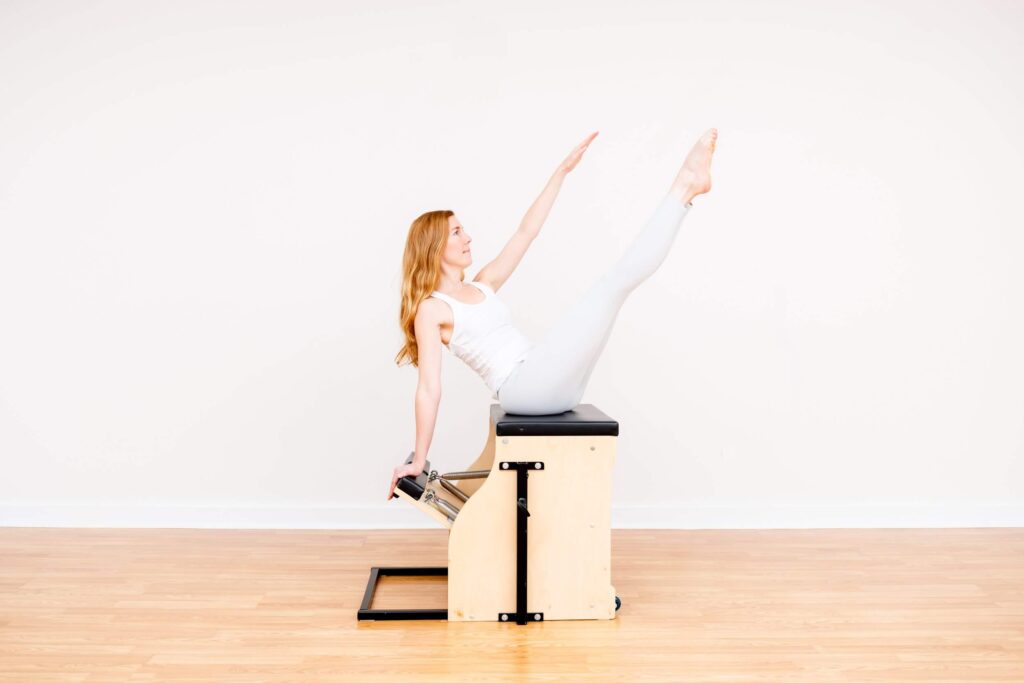
Making the right choice for your Pilates practice
Choosing the right Pilates chair is an important decision that varies according to individual needs and preferences. To make the best choice, it involves understanding your fitness level, goals, and the type of exercises you intend to perform.
Factors to consider when choosing a Pilates chair
Several factors should be taken into consideration when selecting between the Wonder Chair and the Wunda Chair. Firstly, assess your current fitness level and experience with Pilates. Beginners may find the Wonder Chair to be more forgiving, while more seasoned practitioners might appreciate the challenge presented by the Wunda Chair.
Another critical factor is space and portability. If you plan on using the chair at home, consider the size and weight of each option, as well as your available workout area. Both chairs have unique features that may influence your decision, so examining these details closely can be beneficial.
Understanding your personal Pilates needs
Your personal Pilates goals will significantly impact your decision. If your primary focus is to build foundational strength and flexibility, the Wonder Chair may suit you best. However, if you’re looking to engage in more advanced routines and benefit from a historical approach, the Wunda Chair could be more appropriate.
Engaging with an instructor or trying both chairs during a class can also provide valuable insight, helping you decide which aligns best with your body and fitness aspirations.
Final thoughts on the Wonder Chair and Wunda Chair
Ultimately, the choice between the Wonder Chair and the Wunda Chair comes down to personal preference and individual needs. Each brings its strengths to the Pilates practice, making both valuable assets for enhancing performance.
The importance of personal preference in Pilates equipment
Personal preference plays a crucial role in selecting Pilates equipment. What works for one practitioner may not necessarily work for another. It is essential to experiment with different chairs and engage with class instructors to find the right fit for you.
Crafting a connection with the chair can enhance your workout experience, ensuring that you remain motivated and committed to your Pilates journey.
The ongoing debate: Wonder Chair vs. Wunda Chair
The ongoing discussion regarding the merits of the Wonder Chair and Wunda Chair reflects the broader conversations within the Pilates community. Each piece of equipment has its unique appeal, and the debate between the two will likely continue as Pilates evolves.
In either case, prioritising your personal preferences, practice goals, and the guidance of instructors will help you unlock the full potential of either chair, leading to enhanced movement quality and overall well-being in your Pilates practice.

